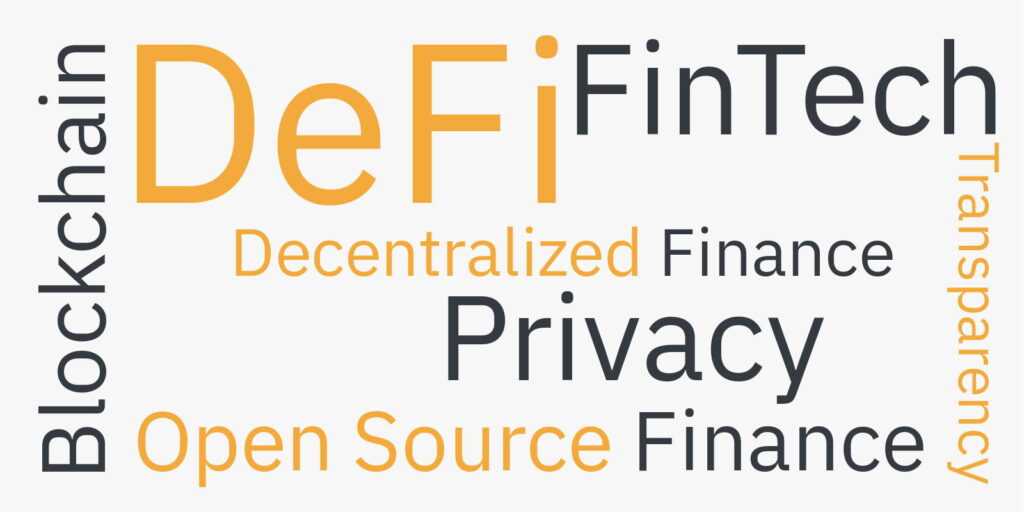 |
| Cryptocurrency Mastery |
In the digital era, cryptocurrency stands as a beacon of the future of finance. This tutorial offers a comprehensive, step-by-step understanding of cryptocurrency, blending both theoretical and practical knowledge for the eager learner.
1- Introduction to Cryptocurrency
Cryptocurrency is a form of digital or virtual currency, distinct due to its electronic existence and its immunity to physical degradation or counterfeiting.
Extended Explanation:
Central to any cryptocurrency's functionality is the blockchain. Distinguishing cryptocurrencies from traditional counterparts is their lack of a central regulating authority like governments or financial entities, thanks to the decentralized nature of blockchain technology.
2- Blockchain Decoded
Every cryptocurrency thrives on a blockchain — a decentralized digital ledger recording every transaction across numerous computers, ensuring unmatched transparency and security against fraud.
Extended Explanation:
Each block on the blockchain encapsulates a list of transactions. Upon filling a block with transactions, a new one spawns and links to its predecessor in a sequential manner, ensuring the historical integrity of every transaction.
3- Ensuring Security with Cryptography
The term "crypto" in cryptocurrency originates from the cryptographic techniques employed. Cryptography guarantees the security and integrity of transactions.
Extended Explanation:
Each transaction involves two keys: a public one (known to all) and a private one (known only to the owner). This key combination ensures a transaction's security. The public key encrypts the transaction, while the private key decrypts it, validating its authenticity.
4 - Transaction Mechanics
Engaging with cryptocurrency demands:
- Initiation: Leveraging a digital wallet to begin a transaction.
- Broadcast: Propagating the transaction to a network of nodes.
- Verification: Nodes employ algorithms to authenticate the transaction.
- Addition to Blockchain: Upon validation, the transaction finds its place on the blockchain.
Extended Explanation:
During verification, nodes reference the blockchain's history to ascertain the sender's solvency, ensuring a consensus among nodes for transaction validation.
5 - Mining
Miners deploy specialized hardware to validate and chronicle new transactions on the blockchain, fortifying the system's trustworthiness.
Extended Explanation:
Mining challenges involve deciphering complex computational puzzles. The inaugural miner to crack the puzzle adds a fresh block to the blockchain, earning a cryptocurrency reward in the process.
6- Safekeeping Your Digital Assets - Wallets Explained
A digital wallet is indispensable for cryptocurrency interaction. It preserves the user's private and public keys, facilitating the sending and receiving of cryptocurrencies.
Extended Explanation:
Wallet varieties include:
- Hot Wallets: Continuously online, ever-connected to the internet.
- Cold Wallets: Offline havens, detached from the internet, shielding against online breaches.
7- Practical Applications of Cryptocurrency
Cryptocurrencies extend their utility beyond mere trading:
- Purchases: An escalating number of entities now welcome cryptocurrency.
- Investment: A speculative asset, cryptos can augment one's portfolio.
- Remittances: Transmit money cross-border sans exorbitant fees.
- Smart Contracts: Automated contracts with terms embedded in code.
Decentralized Finance (DeFi) is a groundbreaking approach to finance. Bypassing traditional intermediaries like banks, it uses Ethereum's blockchain to offer direct, transparent financial services. Key features include:
- Direct Transactions: Eliminates middlemen.
- Smart Contracts: Automated, self-executing agreements.
- Universal Access: Available to anyone with internet.
- Interconnectivity: Platforms easily integrate thanks to Ethereum.
- Transparent Operations: All actions are publicly recorded.
- Pooling Assets: Users can combine assets, often yielding higher returns.
- Flexibility: Easily switch between services.
Extended Explanation:
With mainstream adoption on the rise, the advent of decentralized finance (DeFi) platforms and decentralized apps (DApps) harness the prowess of cryptocurrency and blockchain.
 |
| Image source: Badcryptopodcast.com, License: CC BY-ND 4.0 |
8 - Converting Cryptocurrency
Cryptocurrency exchanges bridge the digital to traditional, enabling the trade of cryptocurrency for conventional money.
Extended Explanation:
Exchanges like Coinbase, Binance, and Kraken mediate the buying and selling of cryptos. Their offerings differ in security, fees, and user experience, necessitating a judicious choice.
In summation, mastering cryptocurrency is an evolving journey. While this tutorial lays the foundation, remember: the realm of crypto is dynamic. Continuous learning and adaptability are your allies. Embrace the voyage into the future of finance!
Post a Comment
Post a Comment